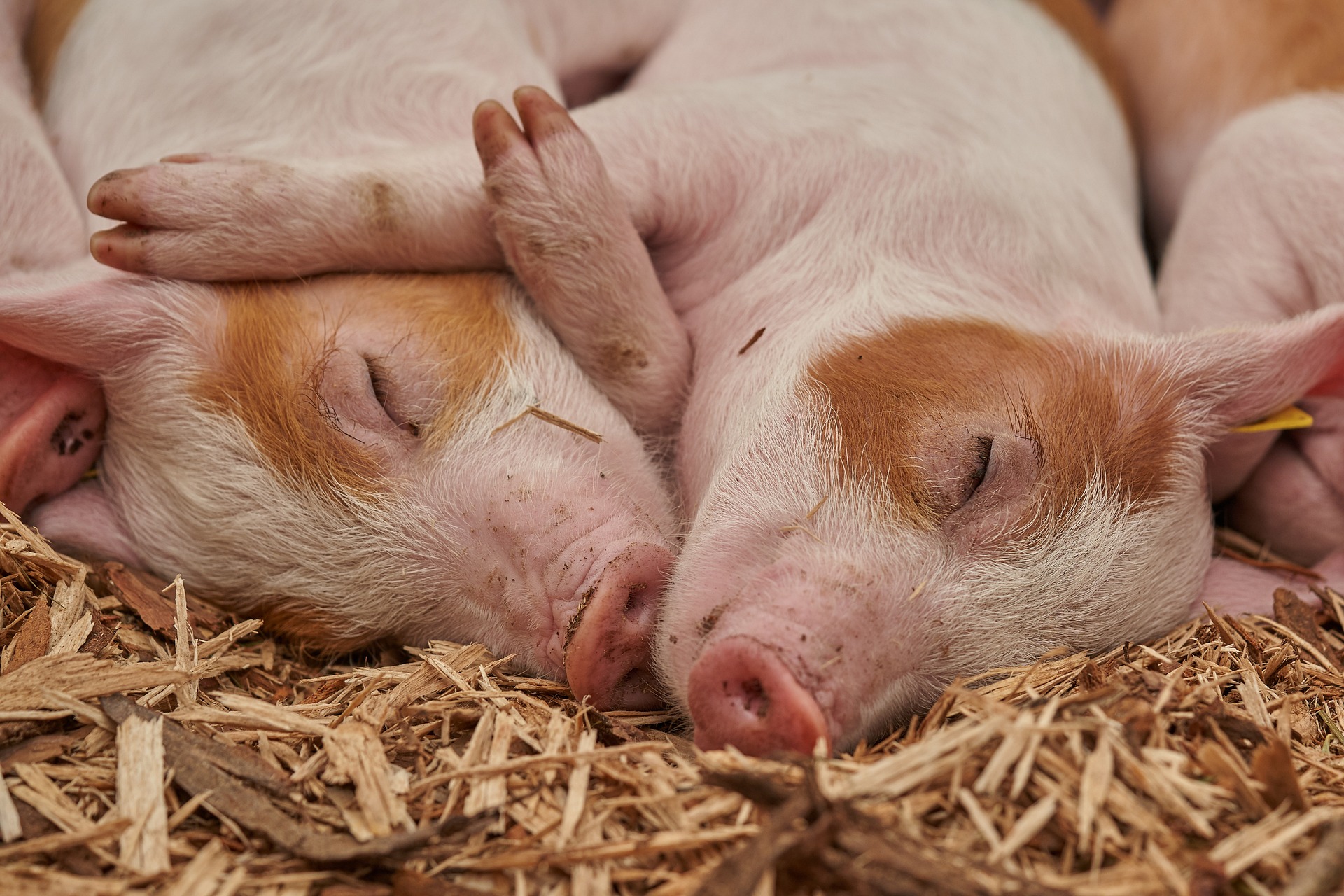Discovering the Unseen World of Invertebrate Pets
In the realm of pet ownership, a new trend is slowly but surely gaining momentum. Invertebrates, a group of animals that lack a backbone, are emerging as popular pets. These creatures, from tarantulas to snails, offer a unique and fascinating alternative to traditional pets.

The Silent Rise of Invertebrate Pets
Invertebrate pet ownership isn’t entirely a new phenomenon. Historically, people have kept silkworms for their silk, bees for their honey, and even certain beetles for religious or cultural reasons. However, in recent years, this trend has expanded significantly as people become more interested in the diverse world of invertebrates, their minimal space requirements, and their relatively low maintenance.
The Variety and Appeal of Invertebrate Pets
Invertebrates span a vast range of species, each with its unique appeal. Tarantulas and scorpions, for instance, captivate with their exotic allure. Stick insects and leaf insects, on the other hand, amaze with their masterful camouflage. Millipedes and snails are often favoured for their gentle, slow-paced nature. Moreover, many invertebrate pets are nocturnal, offering a glimpse into a world unseen during our usual waking hours.
The Market Impact of Invertebrate Pets
Despite not yet being mainstream, invertebrate pets have a distinct market presence. The cost varies greatly depending on the species, ranging from a few dollars for common snails and insects to hundreds for rare tarantulas or exotic beetles. The market extends beyond the pets themselves, encompassing habitats, substrates, food, and care products. As more people embrace these unconventional pets, the invertebrate pet market is likely to expand.
The Impact on Conservation and Education
Invertebrate pets can play a crucial role in education and conservation. Their care can teach responsibility and empathy, while their fascinating biology and ecology can kindle interest in science and nature. Furthermore, the hobby can support conservation by raising awareness about these often overlooked animals. However, it’s essential to source invertebrate pets responsibly to avoid negative impacts on wild populations and ecosystems.
Caring for Invertebrate Pets
Caring for invertebrate pets varies according to species but generally involves providing a suitable environment, appropriate food, and careful handling (if necessary). Many invertebrates thrive on a diet of fruits, vegetables, and specially formulated pet food. Others, like tarantulas, require live prey. As for their living environment, it often needs to mimic their natural habitat as closely as possible.
In conclusion, invertebrate pets offer a unique, educational, and rewarding experience. With their diverse species, intriguing behaviours, and relatively low maintenance, they’re set to redefine pet ownership’s landscape. Their increasing popularity may even cast a new light on these often undervalued members of our planet’s fauna. However, as with any pet, they require dedicated care and responsible ownership to thrive.






